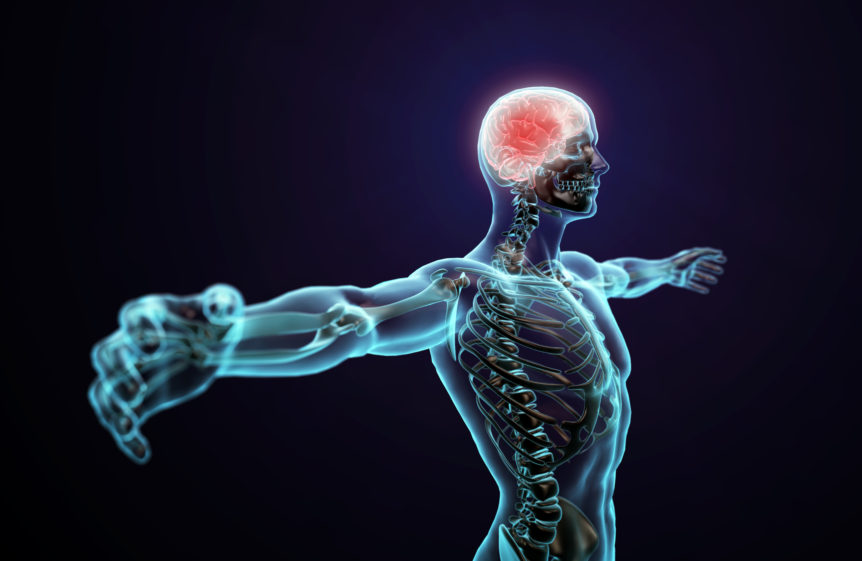“Could you give me an example (s) of a low cns workout and high cns workout?”
There are three main points to look regarding impacts on the central nervous system in training:
1 – Severity, Intensity and Volume
The main thing that will differentiate between a high CNS workout and a low one is the severity, intensity and volume.
(Not familiar with these terms? This article covers them.)
For any exercise, you could manipulate those things and make it easy (even recharging) to the CNS or make it brutally hard.
Here’s an example.
Going for a mile walk is a low CNS workout. In fact, for most people, it can’t really be called a “workout” at all. Since most people are too sedentary, this in fact would likely help to recharge or support the CNS being better.
Contrast this to a set of hill sprints or a marathon run. While I wouldn’t say running or sprinting, in particular as relates to the next point, is specifically draining to the CNS, the intensity and volume of these, respectively, will impact it much more.
In general, intensity is going to be the biggest impact on the nervous system. Then I would say severity and last of all volume.
2 – Exercise Specific
Secondly, some exercises are going to tax the CNS more. Deadlifts compared to squats. The reason for this is that you have to pick up the weight off the ground from a dead stop. This appears to be harder than the load you get from descending in a squat first. (Of course, if you did squats starting from a bottom position that would change it up.)
Gripper work doesn’t hit the muscles hard but can certainly tax the CNS. Just compare trying to do a max intensity on a gripper to a max intensity on a squat. The latter is much tougher because in the former you don’t feel it much in the muscles. But that doesn’t mean a lot of nervous energy needs to go into the attempt either way.
3 – Individual
Exercises impact on the CNS is going to differ from person to person for a variety of reasons. One of the biggest ones will be familiarity with the movement.
Yet even this is not as simple as if something is new it takes more nervous energy. Sometimes new is better. (See the “neural zing” concept in Intuitive Mobility for example.)
Other times the tried and true, the much practiced is easier on the nervous system.
We can add to that that skill level, in those exercises that take more skill, is going to play into it too. More complex movements, in general, are going to take more coordination and therefore more nervous energy.
So, as you can see, it’s complicated.

